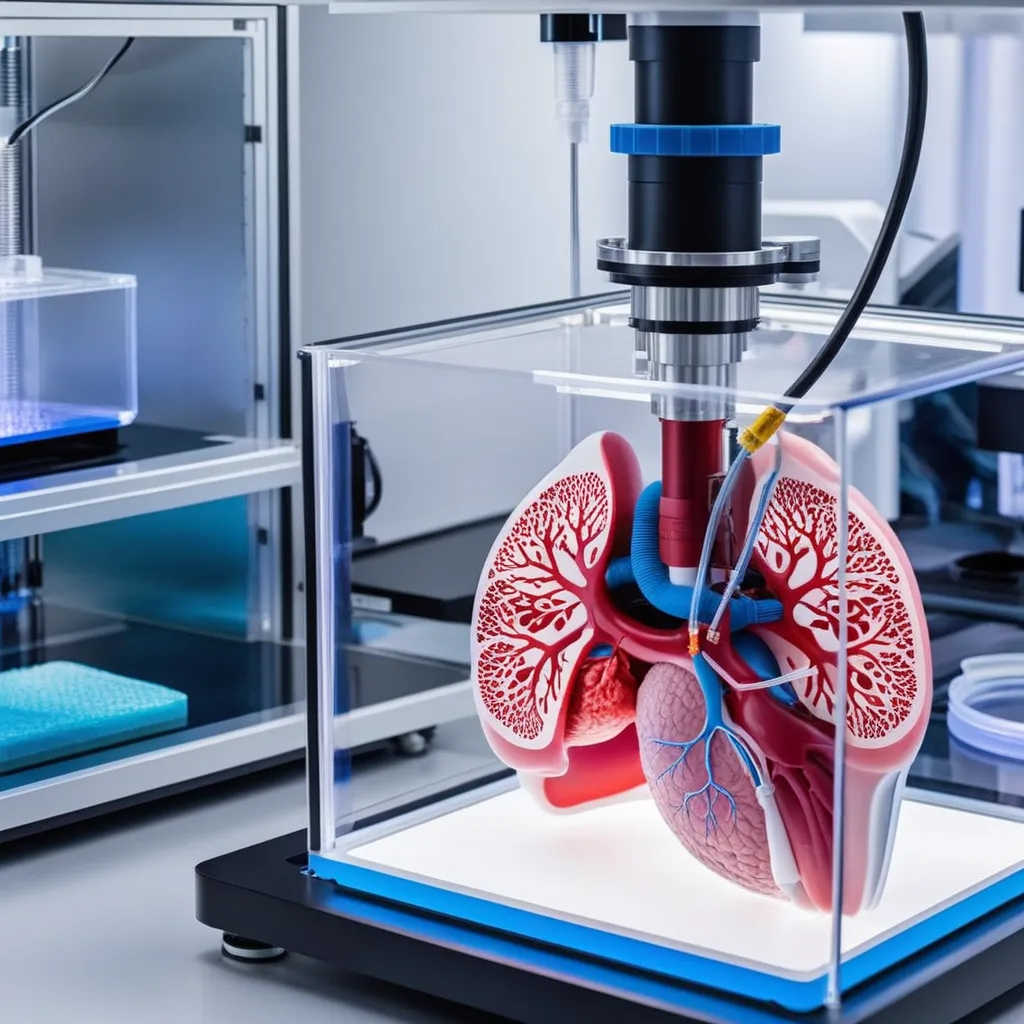Major Advancements in 3D Bioprinting of Human Organs
The world of medicine and technology has seen its fair share of remarkable advancements over the years. One field that has been making waves and capturing imaginations is 3D bioprinting. It may sound like science fiction, but it's very much a reality. Imagine a world where human organs can be 3D printed on demand, saving countless lives and transforming the way we approach healthcare. Let's dive into this exciting field and explore some of the major advancements in 3D bioprinting of human organs.

The Remarkable Journey of Medical Technology
When I was a child, I remember watching a documentary about the future of medicine. It showed scientists and doctors talking about the possibility of 3D printing human organs, and I was captivated. Back then, it seemed like a distant dream, but today, it's becoming a reality.
Personal Connection: My Aunt's Transplant
A few years ago, my aunt was diagnosed with kidney failure. Her journey through dialysis and the agonizing wait for a suitable donor was a harsh reminder of the critical need for organ transplants. Witnessing her struggle sparked my interest in the potential of 3d bioprinting to alleviate the shortage of donor organs.
The Breakthroughs in 3D Bioprinting
1. Printing Functional Tissues
One of the most significant advancements in 3D bioprinting is the ability to create functional tissues. Scientists can now print tissues like skin, cartilage, and even parts of the heart. These printed tissues can be used for research, drug testing, and even transplantation.
2. Progress in Vascularization
Creating a network of blood vessels within 3D printed organs has been a major challenge. However, recent breakthroughs in vascularization techniques have brought us closer to the goal of printing complex organs like the liver and kidneys.
Personal Insight: Meeting a Pioneer
Last year, I had the opportunity to attend a medical conference where I met Dr. Sarah Turner, a pioneer in the field of 3D bioprinting. She shared her team's success in developing a bioprinter that could create functional blood vessels within printed tissues. It was inspiring to see how dedication and innovation can transform healthcare.
The Promise of Customized Organs
One of the most exciting aspects of 3D bioprinting is the potential for customized organs. Every person's body is unique, and the ability to tailor an organ to match a recipient's specific needs could revolutionize transplantation.
3. Bioinks and Biomaterials
Advancements in bioinks and biomaterials are crucial for achieving this level of customization. These specialized materials serve as the "ink" for 3D bioprinters, providing the building blocks for organs. Researchers are continuously developing new bioinks that closely mimic the properties of human tissues.
Challenges on the Horizon
While the progress in 3D bioprinting is undeniably exciting, there are still challenges to overcome.
4. Regulatory Hurdles
Bringing 3D bioprinted organs to the clinic involves navigating complex regulatory processes. Ensuring safety, efficacy, and quality standards is paramount.
5. Scaling Up Production
Currently, the production of 3D bioprinted organs is a slow and meticulous process. To meet the growing demand, researchers are working on scaling up production methods.
A Glimpse into the Future
The future of 3D bioprinting holds immense promise. In the coming years, we may witness more successful transplants involving 3D printed organs, reducing wait times and saving lives.
Personal Reflection: A Future of Hope
Thinking about my aunt's journey and the countless others waiting for organs, I can't help but feel hopeful. The advancements in 3D bioprinting bring us closer to a future where organ shortages are a thing of the past, and where life-saving treatments are more accessible than ever.
In conclusion, the field of 3D bioprinting is making incredible strides in the creation of human organs. From functional tissues to the promise of customized organs, these advancements have the potential to revolutionize medicine as we know it. While challenges remain, the dedication of scientists and the transformative power of technology give us reason to be optimistic about a future where organ transplantation is more accessible and effective than ever before.

No comments:
Post a Comment